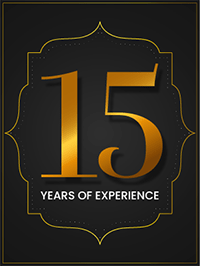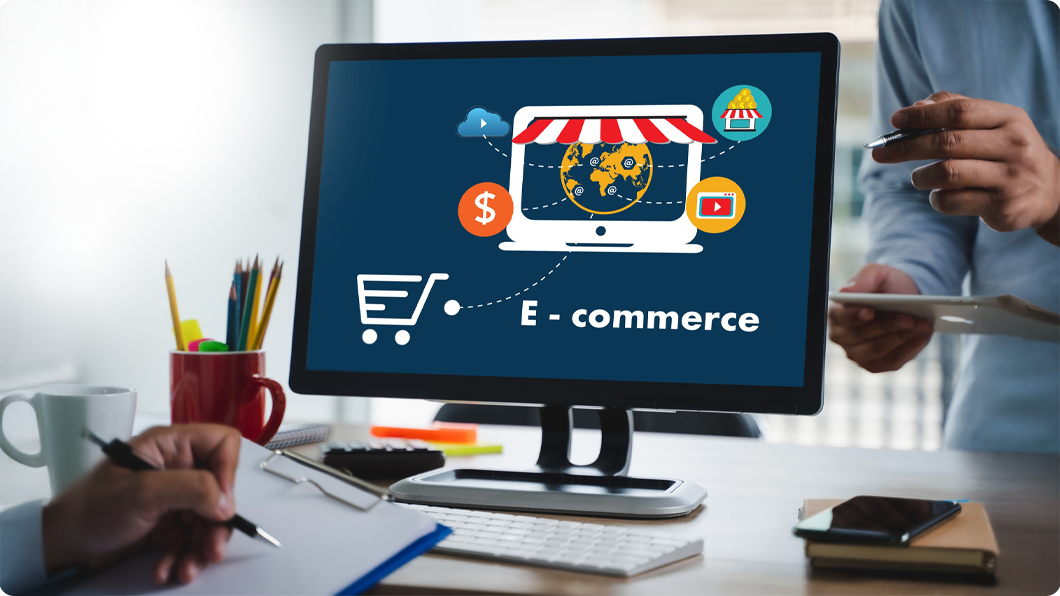
Internet of Things (IoT)
Introduction:
The Internet of Things (IoT) refers to the network of interconnected devices embedded with sensors, software, and connectivity that enables them to collect and exchange data. These devices can be everyday objects, such as household appliances, vehicles, or industrial equipment, which are enhanced with the power of internet connectivity and intelligence. In this article, we will explore the concept of IoT, its applications, benefits, and challenges.
Understanding IoT
IoT is built upon the idea of connecting devices and enabling them to communicate with each other and with humans over the internet. These connected devices gather and share data, allowing for remote monitoring, control, and automation of various processes. IoT systems typically consist of three main components:
- Devices and Sensors: These are the physical objects embedded with sensors and actuators that collect data from their surroundings. Examples include temperature sensors, motion detectors, and smart meters.
- Connectivity: Devices in an IoT network are connected through various communication technologies, such as Wi-Fi, Bluetooth, or cellular networks. This enables seamless data transmission and remote control.
- Data Processing and Analytics: The collected data is processed, analyzed, and interpreted to derive meaningful insights. This can involve cloud-based platforms or edge computing, where data processing happens closer to the devices.
Applications of IoT

The applications of IoT are vast and diverse, impacting various industries and aspects of our lives. Here are some key areas where IoT is making a significant impact:
- Smart Homes and Buildings
IoT enables the creation of smart homes and buildings, where devices such as thermostats, lighting systems, and security cameras can be controlled remotely. Home automation systems optimize energy usage, enhance security, and provide convenience through interconnected devices.
- Healthcare
IoT has revolutionized the healthcare industry by enabling remote patient monitoring, real-time health tracking, and telemedicine. Wearable devices and connected medical equipment allow healthcare providers to monitor patients’ vital signs, provide personalized care, and detect early signs of medical conditions.
- Transportation and Logistics
IoT is transforming transportation and logistics by enhancing efficiency, safety, and sustainability. Connected vehicles and smart traffic management systems optimize routes, monitor vehicle performance, and improve traffic flow. Supply chain management benefits from real-time tracking, inventory management, and predictive maintenance.
- Industrial Automation (Industry 4.0)
IoT plays a crucial role in the digital transformation of industries, often referred to as Industry 4.0. IoT-enabled sensors, data analytics, and automation improve operational efficiency, asset management, and predictive maintenance in manufacturing, energy, and other industrial sectors.
- Smart Cities
IoT contributes to the development of smart cities by integrating various systems for efficient resource management, environmental monitoring, and enhanced quality of life. Connected infrastructure, such as smart grids, waste management systems, and public transportation, optimize resource usage and enable better urban planning.
Challenges and Considerations

- Security and Privacy: With the increasing number of connected devices, ensuring the security and privacy of data becomes crucial. IoT systems must implement robust security measures to protect against unauthorized access, data breaches, and privacy violations.
- Interoperability and Standards: As IoT devices and platforms come from different manufacturers, interoperability becomes a challenge. Establishing common standards and protocols is essential to enable seamless communication and integration among devices from different vendors.
- Scalability and Infrastructure: The massive scale of IoT deployments requires robust infrastructure to handle the volume of data generated and transmitted. High-speed networks, scalable cloud platforms, and edge computing capabilities are necessary to support the growing IoT ecosystem.
- Data Management and Analytics: IoT generates enormous amounts of data. Effectively managing and analyzing this data to extract valuable insights is a significant challenge. Organizations need sophisticated data analytics tools and techniques to make data-driven decisions and derive meaningful outcomes.
- Ethical and Legal Considerations: IoT raises ethical and legal questions around data ownership, consent, and responsible use. Clear guidelines and regulations must be established to ensure the ethical and responsible deployment of IoT technologies.
- Reliability and Resilience: IoT systems need to be reliable and resilient, especially in critical applications such as healthcare and transportation. Downtime or system failures can have severe consequences, necessitating redundant systems, backup plans, and disaster recovery mechanisms.
- User Acceptance and Adoption: The success of IoT depends on user acceptance and adoption. Educating and raising awareness among users about the benefits and potential risks of IoT is crucial for widespread adoption and trust.
Despite these challenges, the future of IoT looks promising. As technology continues to advance, addressing these considerations will pave the way for more secure, efficient, and innovative IoT applications across various industries.
FAQs (Frequently Asked Questions)
FAQ 1: Can IoT devices be hacked?
While any connected device is potentially vulnerable to hacking, implementing strong security measures can significantly reduce the risk. It is essential to use robust authentication, encryption, and secure communication protocols to protect IoT devices from unauthorized access and data breaches.
FAQ 2: How is IoT transforming agriculture?
IoT is revolutionizing agriculture by enabling smart farming practices. IoT sensors can monitor soil moisture, temperature, and crop health, allowing farmers to optimize irrigation, fertilization, and pest control. This leads to improved crop yield, resource efficiency, and sustainable farming practices.
FAQ 3: What is edge computing in IoT?
Edge computing in IoT involves processing and analyzing data at the edge of the network, closer to the devices. This approach reduces latency, bandwidth usage, and dependence on cloud infrastructure. Edge computing is particularly useful in scenarios where real-time processing and low latency are critical, such as autonomous vehicles and industrial automation.
FAQ 4: Can IoT be used for energy management?
Yes, IoT can be used for energy management by monitoring and controlling energy usage in homes, buildings, and industrial settings. Smart meters, connected appliances, and energy management systems enable efficient energy consumption, demand response, and renewable energy integration.
FAQ 5: How can IoT benefit healthcare?
IoT has numerous applications in healthcare, including remote patient monitoring, telemedicine, and smart medical devices. It enables real-time health tracking, early detection of health issues, personalized care, and improved access to healthcare services, especially in remote areas.





